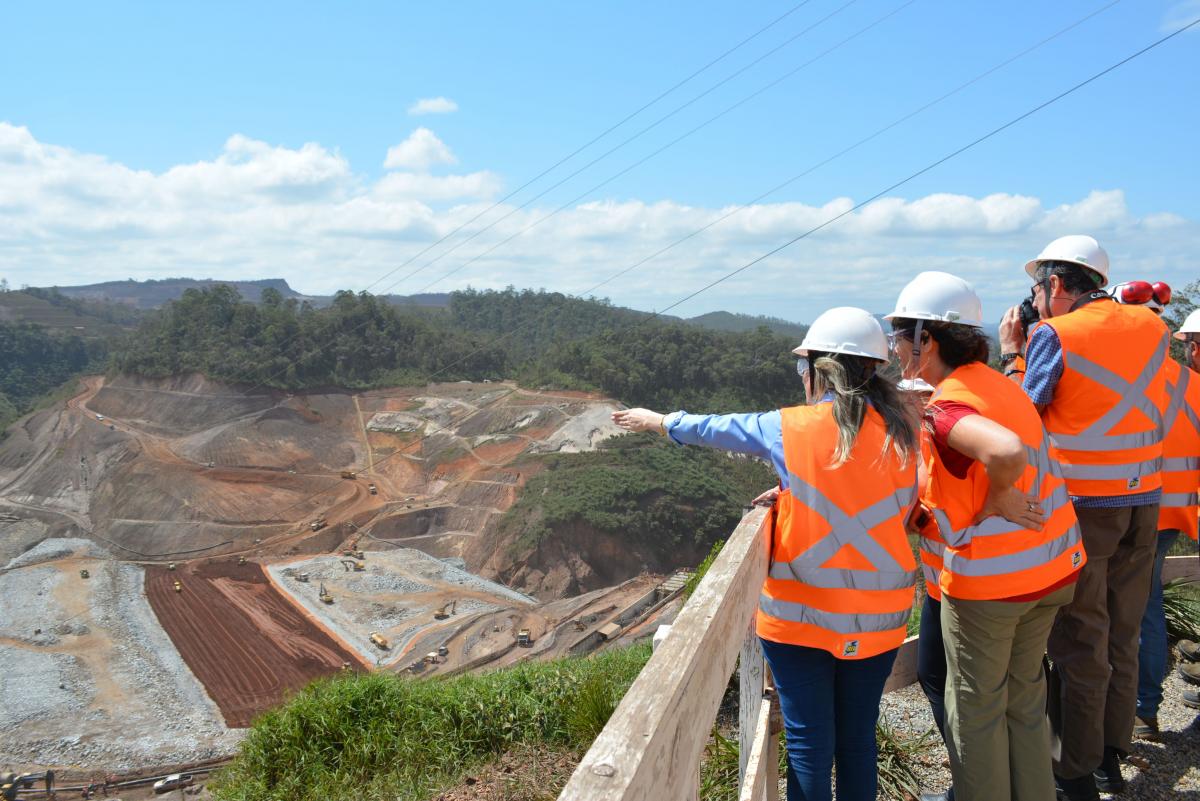IUCN-led independent scientific panels highlighted at IAIA symposium on mining
A two-day International Association for Impact Assessment (IAIA) Special Symposium on Mining hosted this month by the European Bank for Reconstruction and Development (EBRD) in London, brought together a range of practitioners from impact assessors and project managers in the extractives industry to financiers and conservationists.

Photo: Rio Doce Panel
The symposium explored the latest tools and approaches of impact assessment in the mining sector, as well as how to measure community engagement over the life of a mine, and integrate gender and health issues.
IUCN participated in a panel on managing biodiversity risks in the mining sector, along with consultants Jared Hardner and Alice Davies, Pippa Howard, Director of Extractives and Development Infrastructure for Fauna and Flora International, an IUCN Member, and David Hamilton with Rio Tinto’s Oyu Tolgoi mine in Mongolia. The panel demonstrated how crucial -- and often challenging -- it is for mining companies to adopt good practices that help safeguard biodiversity in the landscapes where they work.
In order to address often complex and continuous issues in the extractives sector, IUCN highlighted how it has facilitated and managed several Independent Scientific and Technical Advisory Panels, which provide companies with objective advice.
In Brazil, for example, IUCN has convened the Rio Doce Panel at the request of the Renova Foundation, which was established by Samarco and its shareholders BHP and Vale, following the 2015 collapse of the Fundão tailings dam that resulted in 19 deaths and numerous affected communities. While the Rio Doce Panel is only a year-old, it recently published its first report and recommendations, and it plans to continue to advise on how the impacted Rio Doce watershed can be restored for future generations.
Other speakers at the symposium discussed how innovative techniques, such as the use of remote sensing and virtual technology, could help not only enhance impact assessments in the mining sector but also significantly improve communications and transparency with communities and other stakeholders.
IAIA is an IUCN Member organisation, and impact assessments are a staple tool for the mining industry and development projects in general. Therefore, ensuring these processes evolve and take on board some of the best practices presented at the symposium will be worth monitoring going forward.
More information about the symposium is available here.



